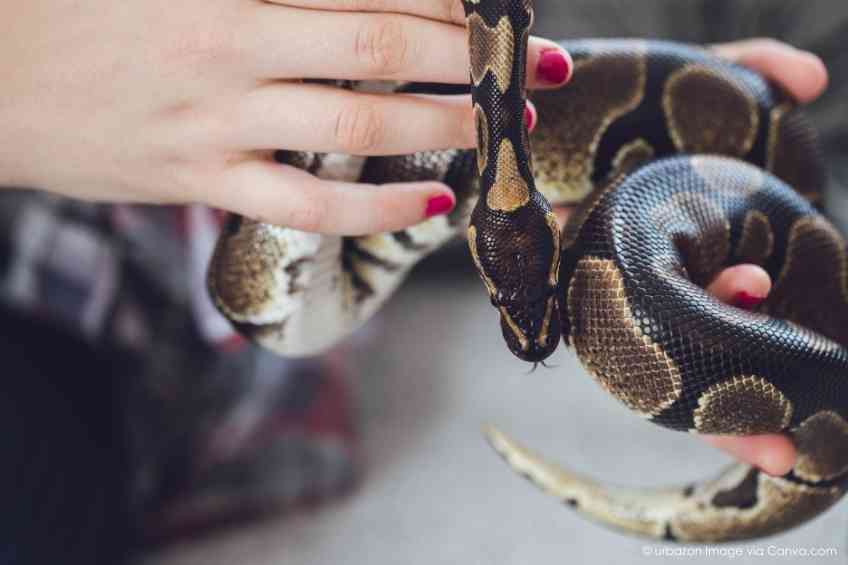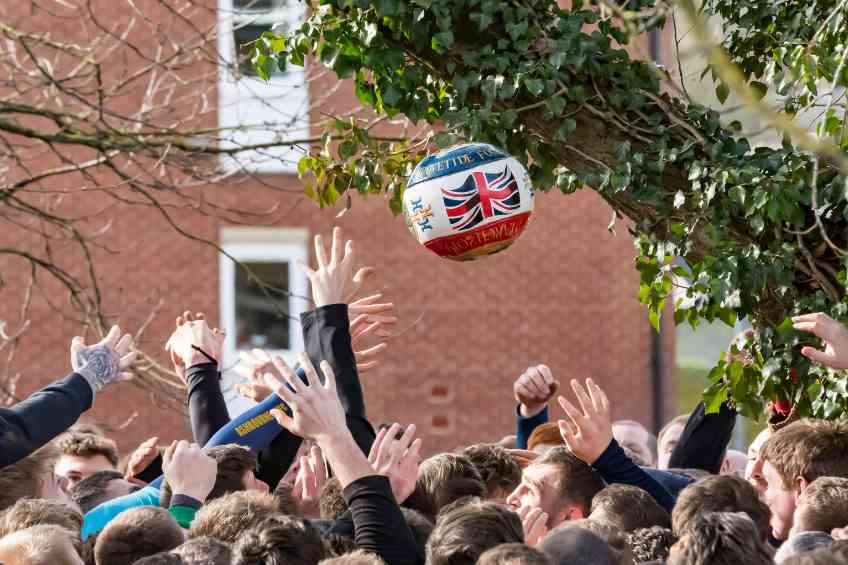By John Salak –
Doctors in Australia recently delivered what seems like an incredibly sound recommendation that makes sense worldwide. Anyone bitten by a poisonous snake should definitely not bring the vicious viper with them to the emergency room.
There are lots of reasons for this advice including the strong possibility that the vast majority of hospital staff members won’t know what to do with a snake, too often these serpents aren’t securely contained and there is no need to risk others getting nipped by these dangerous creatures.
The call for common sense was issued recently by Dr. Adam Michael, director of emergency medicine at Bundaberg Hospital in Queensland, after a snake bite victim showed up at the hospital with a highly venomous eastern brown snake in a poorly secured plastic container.
“The staff got a fright and the serious consequence of that is it delays people’s time to treatment,” Michael told the Australian Broadcasting Corp. “We want people to be able to get seen and assessed quickly and having a live snake in the department slows up that process.”
The staff at Bundaberg Hospital aren’t the only ones concerned with the practice. Dr. Geoff Isbister, a clinical toxicology researcher at the University of Newcastle, noted he’s heard of several cases where snake bite victims bring along a snake when seeking treatment.
“It’s pretty dangerous because no one in the hospital will be able to identify it,” he said. “If that snake gets out in an emergency department, that becomes a huge disaster.”
Isbister understands why a bite victim might think it’s a good idea to bring along the offending snake. But ultimately, it’s not necessary.
“We can determine if you need antivenom and if so, what antivenom you need based on clinical signs, blood tests and the snake venom detection kits that we keep here at the hospital,” he said.
Snake bites, of course, are nothing to sneer at. They can be deadly serious. In fact, it’s estimated that in the U.S. alone, 7,000-8,000 people are bitten every year by poisonous snakes, usually rattlers. On average, five people die annually from one of these bites.
Obviously, it’s important to know what to do in the event of a bite. But it may be even more important to know what not to do. The don’t do advice, as noted, starts with not trying to capture the venomous culprit or attempting to bring it into a hospital.
There are plenty of other things to avoid as well, some of them are unfortunately part of snake-bite lore. The Centers for Disease Control and Prevention laid out sound advice. The CDC’s do nots include applying a tourniquet, immersing the wound in water or laying on some ice. Bite victims should also avoid alcohol and caffeinated beverages.
What about the idea of cutting the wound and trying to suck out the venom? Definitely a no-go no matter how many movies advocate the practice.













